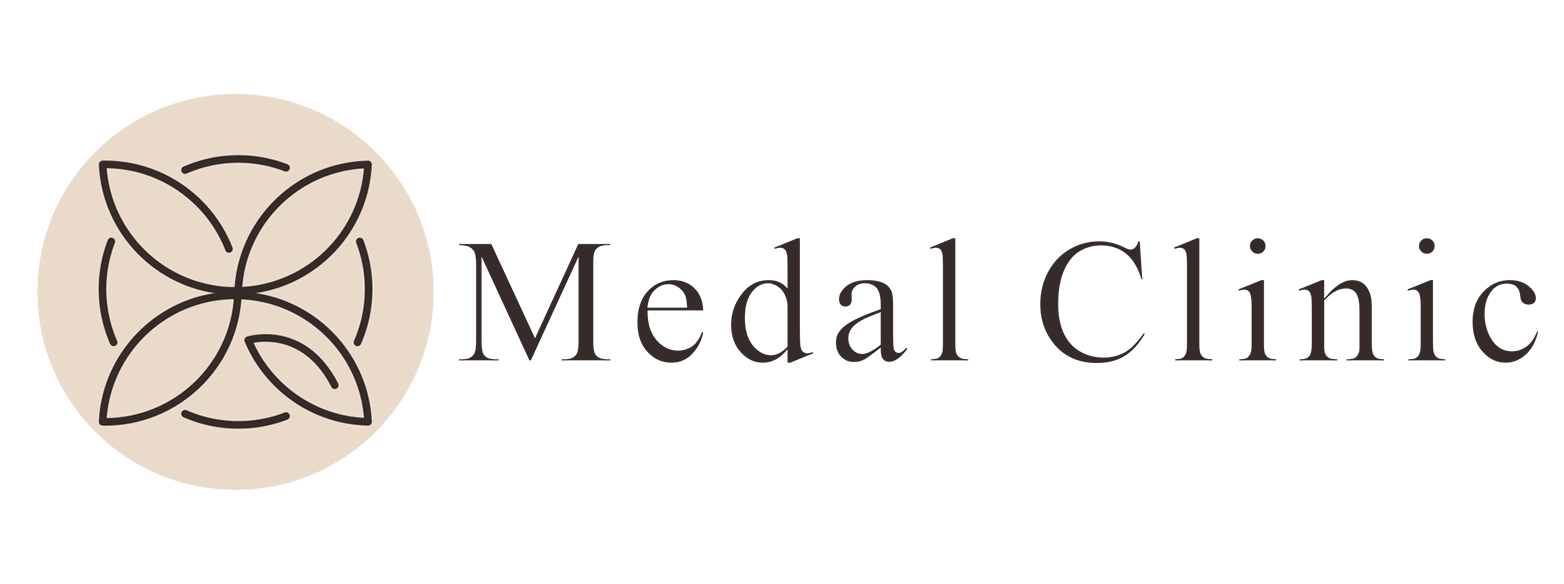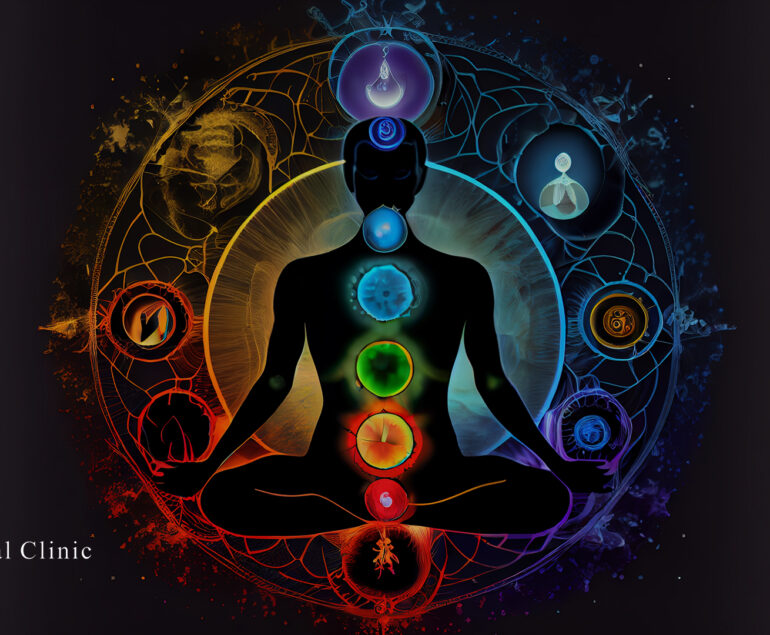Exploring the Realm of Traditional and Complementary Medicine
In the vast landscape of healthcare, traditional and complementary medicine stands as a unique and diverse approach to achieving wellness. While modern medicine has made tremendous strides, traditional and complementary practices have endured across cultures and generations, offering alternative paths to health and healing. In this blog post, we will delve into the fascinating world of traditional and complementary medicine, examining their principles, benefits, and potential integration with conventional healthcare.
Defining Traditional and Complementary Medicine: Traditional and complementary medicine encompasses a wide range of healing practices that have been used for centuries in various cultures around the world. These practices often focus on a holistic approach to health, considering the interconnectedness of the mind, body, and spirit. Unlike modern Western medicine, which tends to target specific symptoms or diseases, traditional and complementary medicine emphasizes the promotion of overall well-being and harmony within the individual.
Traditional Medicine: Traditional medicine is deeply rooted in cultural heritage and indigenous knowledge. It includes practices such as Traditional Chinese Medicine (TCM), Ayurveda, Native American healing traditions, and African traditional medicine. These systems often involve the use of herbs, minerals, and other natural substances to restore balance and support the body’s innate healing mechanisms. Traditional medicine also often includes rituals, ceremonies, and spiritual practices to address not only physical but also emotional and spiritual ailments.
Complementary Medicine: Complementary medicine refers to non-mainstream practices that are used alongside conventional medical treatments. These practices are seen as complementary because they are not intended to replace conventional medicine but rather to enhance its effects and provide additional avenues for healing. Examples of complementary medicine include acupuncture, chiropractic care, massage therapy, yoga, meditation, and aromatherapy. Many individuals turn to complementary medicine to manage pain, reduce stress, improve mental well-being, and enhance their overall quality of life.
Key Principles and Benefits:
Holistic Approach: Traditional and complementary medicine emphasizes the interconnectedness of the mind, body, and spirit. This holistic perspective acknowledges that imbalances in one aspect of a person’s being can affect the whole.
Individualized Care: These practices often take into account an individual’s unique constitution, lifestyle, and emotional state. Treatments are tailored to the person’s specific needs, promoting personalized healing.
Natural Healing: Traditional and complementary medicine often relies on natural remedies and therapies, minimizing the use of synthetic drugs and invasive procedures. This can reduce the risk of side effects and complications.
Empowerment: Patients are often actively involved in their healing process, gaining a sense of empowerment and control over their health journey.
Cultural Preservation: Traditional medicine preserves cultural heritage and wisdom, passing down generations of knowledge and practices.
Integration with Conventional Medicine: There is growing recognition of the potential benefits of integrating traditional and complementary medicine with conventional healthcare. This integrative approach, known as complementary and alternative medicine (CAM), seeks to combine the strengths of both systems to provide comprehensive and patient-centered care. Research is ongoing to explore the effectiveness of these integrative approaches and to identify ways in which they can complement each other to improve patient outcomes.
Traditional and complementary medicine offer a rich tapestry of healing practices that span cultures and time. While not without their controversies and challenges, these approaches provide valuable insights into holistic well-being and offer alternative paths to health. As a content and blog writer, exploring and sharing the world of traditional and complementary medicine can open doors to a deeper understanding of diverse healing traditions and their potential impact on individuals’ lives.
FAQ's
What is traditional medicine?
Traditional medicine refers to healing practices that have been developed and passed down through generations within specific cultures. It often involves the use of natural remedies, such as herbs and minerals, and may incorporate rituals and spiritual elements to promote holistic healing.
What is complementary medicine?
Complementary medicine involves non-mainstream practices that are used alongside conventional medical treatments. These practices are aimed at enhancing the effects of conventional medicine and promoting overall well-being.
How does traditional medicine differ from modern Western medicine?
Traditional medicine focuses on a holistic approach to health, considering the interconnectedness of the mind, body, and spirit. It emphasizes natural remedies and individualized care, whereas modern Western medicine often targets specific symptoms or diseases using synthetic drugs and procedures.
What are some examples of traditional medicine systems?
Examples include Traditional Chinese Medicine (TCM), Ayurveda from India, Native American healing practices, and African traditional medicine. These systems often incorporate herbal remedies, dietary adjustments, and lifestyle modifications.
Can traditional medicine be integrated with modern healthcare?
Yes, there is a growing trend toward integrating traditional medicine with modern healthcare, known as complementary and alternative medicine (CAM). This integration aims to combine the strengths of both approaches to provide comprehensive care.
What are complementary medicine practices?
Complementary medicine includes practices like acupuncture, chiropractic care, massage therapy, meditation, yoga, and aromatherapy. These practices are used alongside conventional treatments to address pain, stress, and overall well-being.
Can traditional and complementary medicine help with mental health issues?
Yes, practices like meditation, yoga, and mindfulness have shown benefits for managing stress, anxiety, and depression. However, for severe mental health conditions, it’s crucial to work with qualified mental health professionals.




